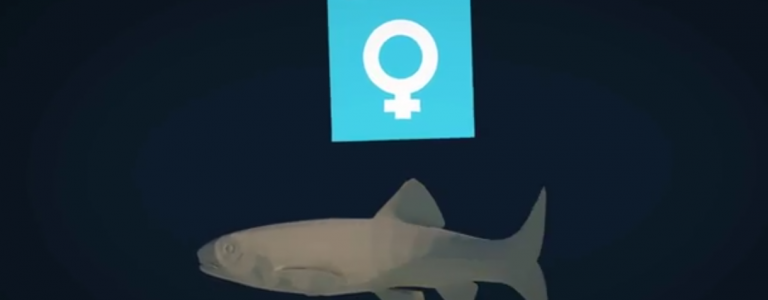How We Do Things at IISD-ELA: Researching Estrogen
Some interesting results have come from IISD-ELA research on the impact of estrogen on fresh water. This short video explains how we researched the issue, and what we discovered.
How We Do Things at IISD-ELA is a series of videos that highlight research conducted by scientists at the IISD Experimental Lakes Area (IISD-ELA), a unique freshwater science research facility in northwest Ontario, Canada.
Some interesting results have come from IISD-ELA research on the impact of estrogen on fresh water. This short video explains how we researched the issue, and what we discovered.
You might also be interested in
How can we improve on freshwater health and prevent plastic pollution?
INC-4 is the fourth meeting in a series of international negotiations that aims to develop a global treaty on plastic pollution that could and should have big implications for freshwater quality both in Canada and beyond.
Sewage leak into Red River slows after 2nd pump installed, City of Winnipeg says
A sewage leak that has dumped hundreds of millions of litres of untreated sewage into the Red River has slowed dramatically after crews installed a second pump on a bypass system, the City of Winnipeg says.
Northwest Ontario Side Story: IISD Experimental Lakes Area Annual Report 2022-2023
This year's annual report is a celebration of all things creative at the world's freshwater laboratory, from the science to music, photography and theatre.
Small lakes, big studies: what Ontario's experimental lakes area teaches the world about water
Deep in northwestern Ontario is a collection of 58 small, pristine lakes where, for the past half century, scientists worried about water have gathered to take their laboratory outside. This is the world's largest outdoor experimental freshwater research facility, allowing scientists to develop invaluable long-term data about the effects of pollutants, clean-up processes and climate change on a finite resource.
